Cooper 300F supercap
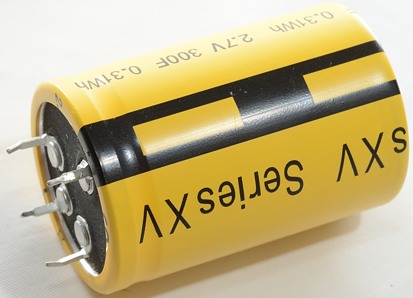
Official specifications:
- Rated capacity: 300F
- Rated voltage: 2.70V
- Absolute maximum voltage: 2.85V
- Operating temperature range: -40°C to 65°C
- Life: 10 years at 25°C and rated voltage.

Supercaps are a alternative to batteries at least in some cases, but their abilities are very different. I have performed the test as a battery test, making it easy to compare to batteries.
Something to note:
Supercaps has a fairly low voltage rating, for higher voltage they must be used in series and this will require a balancing circuit.
This type of supercap can handle extremely high current both charging and discharging.
The discharge and charge curve is linear and the capacitor can be discharge to zero without damage.
The capacitor has a fairly high self discharge.
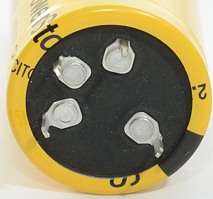
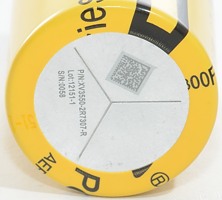
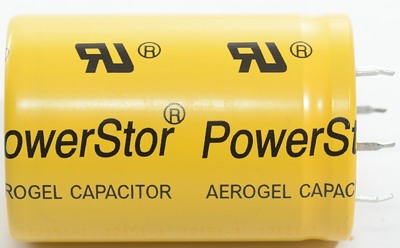
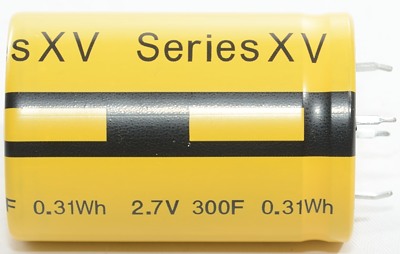
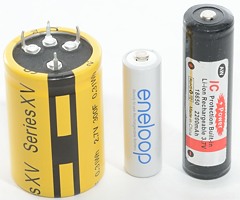
This supercap is roughly the size of a D cell, but the capacity and energy contents is much lower (about 1/10 of an AA cell).
Note: I cannot maintain the 20A discharge below 1.4 volt, at 1 volt it is about 15A.
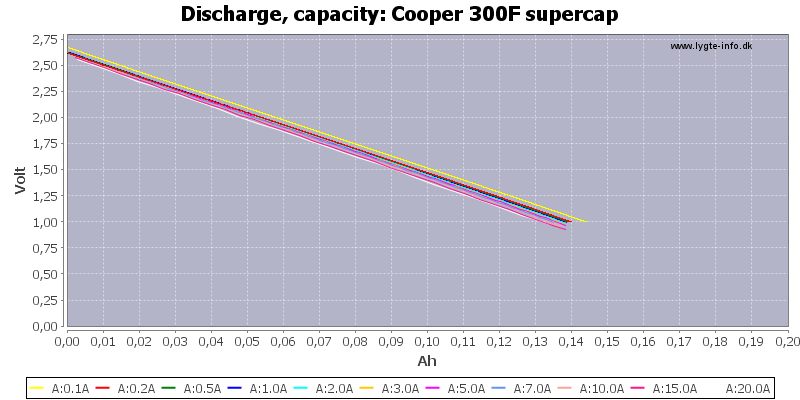
The discharge is very linear and can go all the way to zero volts.
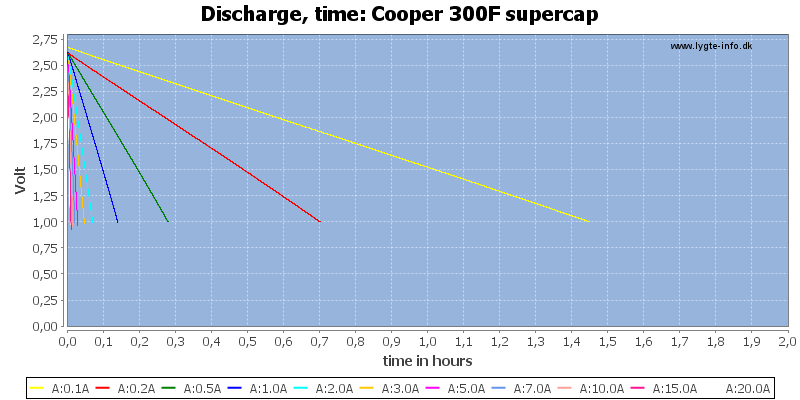
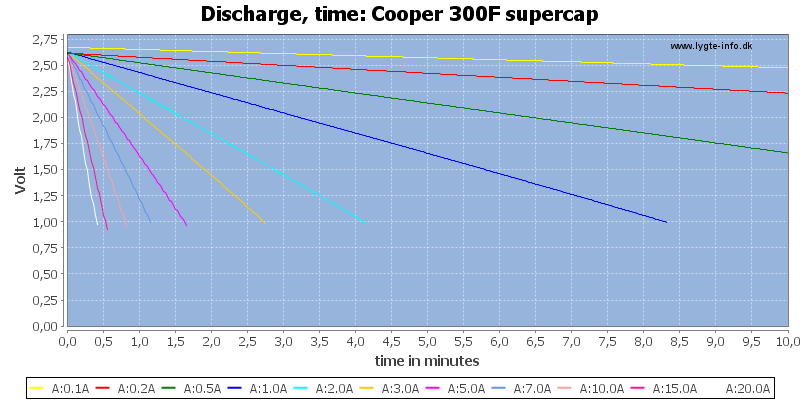
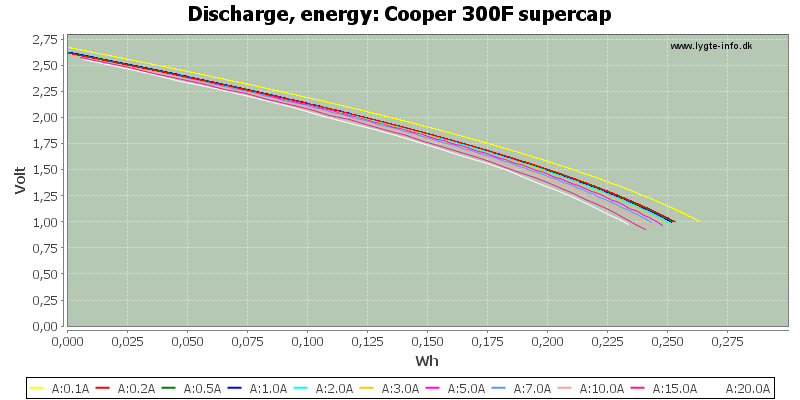
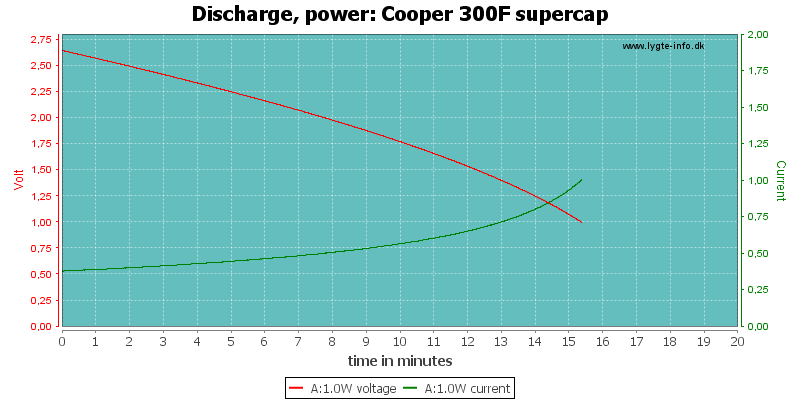
1 watt for about 15 minutes can the capacitor deliver.
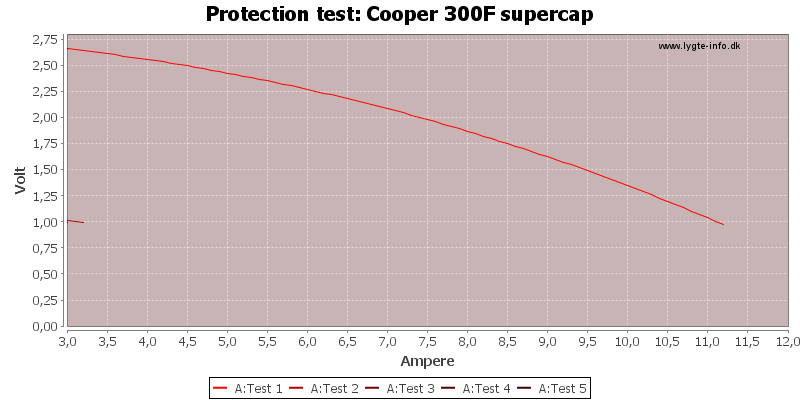
First test run discharged the supercap.
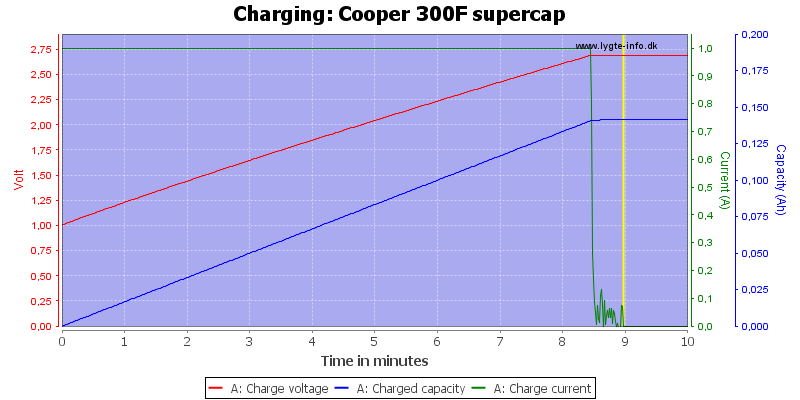
I only charge with 1A current, it is possible to charge considerable faster.
Conclusion
Compared to batteries the capacity is very low and cannot really replace a battery. It is more useful for high current pulses or equipment that only needs a low amount of energy and stays on a charger most of the time.
Notes and links
How is the test done and how to read the charts
Battery test main index
A 3000F supercap













